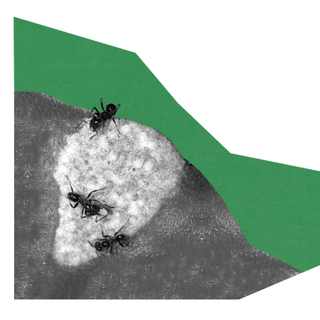Up to ten major airline companies in the United States have flagged concerns about “major disruptions” to flights if 5G mobile services are activated, the BBC reported. In a letter issued to the US aviation authorities, the airlines said that C-band 5G signals can disrupt navigation systems, particularlyin bad weather.
C-band 5G signals refer to airwave frequencies between 3.7 and 4 GHz. “Think of it like this: If 3G is a two-lane highway and 4G is six lanes, 5G turns it into 12 lanes,” CNN noted. It would allow for greater bandwidth and much higher data speeds. 5G is already active in many parts of the world, but C-band 5G is likely to improve upon 5G — currently only a little better than 4G LTE — significantly.
Carriers AT&T and Verizon bought C-band 5G when it was put up for auction by the Federal Communications Commission. But this has led to a dispute between the telecom companies and airline companies over the potential economic disruption to the latter — leading them to postponed the rollout over the dispute.
The concern is that radar altimeters, which help pilots land planes in low visibility conditions, can be affected by C-band 5G. If the telecom companies go ahead with the rollout, it could lead to as many as 1,000 flights being disrupted every day in the US, according to the companies.
The issue is this: C-band is part of the radio frequency spectrum that is also very close to what is used in altimeter systems in planes, to help determine the height of an aircraft above the ground. The interference from C-band 5G could disrupt the latter radio signals, — compromising the safety of flights during landing.
In 2020, the company RTCA, which researches aviation issues, published a report that noted “Radar altimeters are the only sensor onboard a civil aircraft which provides a direct measurement of the clearance height of the aircraft over the terrain or other obstacles, and failures of these sensors can therefore lead to incidents with catastrophic results resulting in multiple fatalities.”
Related on The Swaddle:
Indian Government to Set Up Public Wifi Access Across the Country. Would You Use It?
So far, the solution to this problem is that airlines simply won’t be allowed to carry radio altimeters where there is a risk of interference. But this could lead to delays and cancellations of flights due to bad weather on a much larger scale.
This is likely to cause significant bottlenecks across several domains. “Immediate intervention is needed to avoid significant operational disruption to air passengers, shippers, supply chain and delivery of needed medical supplies”, including vaccine distribution,” the airline companies stated in their letter.
Significantly, plane manufacturers Airbus and Boeing — who manufacture wide-body aircrafts — also issued a joint statement that large sections of operational fleet may have to be indefinitely grounded. This means that international travel and shipping will also be affected.
The demand, so far, is to remove C-band 5G stations from the vicinity of airports. But why do the telecom companies insist on retaining them? “The hope is that full-throttle 5G, like these new airwaves will help provide, will be light years faster than the Wi-Fi you usually get at airports… So waiting for a flight or flight delays might be less painful if you can more readily stream better interactive games or 4K videos at full quality,” Bill Menezes, director of market research firm Gartner, told CNN Business.
The US wireless industry group CTIA claims that the aviation industry is engaging in distortion and fearmongering. “A delay will cause real harm. Pushing back deployment one year would subtract $50bn in economic growth, just as our nation recovers and rebuilds from the pandemic,” they said.
Although 5G is used in other countries, it is at a lower frequency than the US is planning on rolling out. Some countries, like France, have “buffer zones” where 5G signals are restricted around airports specifically. The RCTA report also noted that efforts to mitigate the harms need to come from both the aviation industry and the telecom industry working together. “It is the responsibility of members of all of these groups to work together to ensure that safety-critical aviation systems will continue to be protected for the purposes of public safety,” it said.




